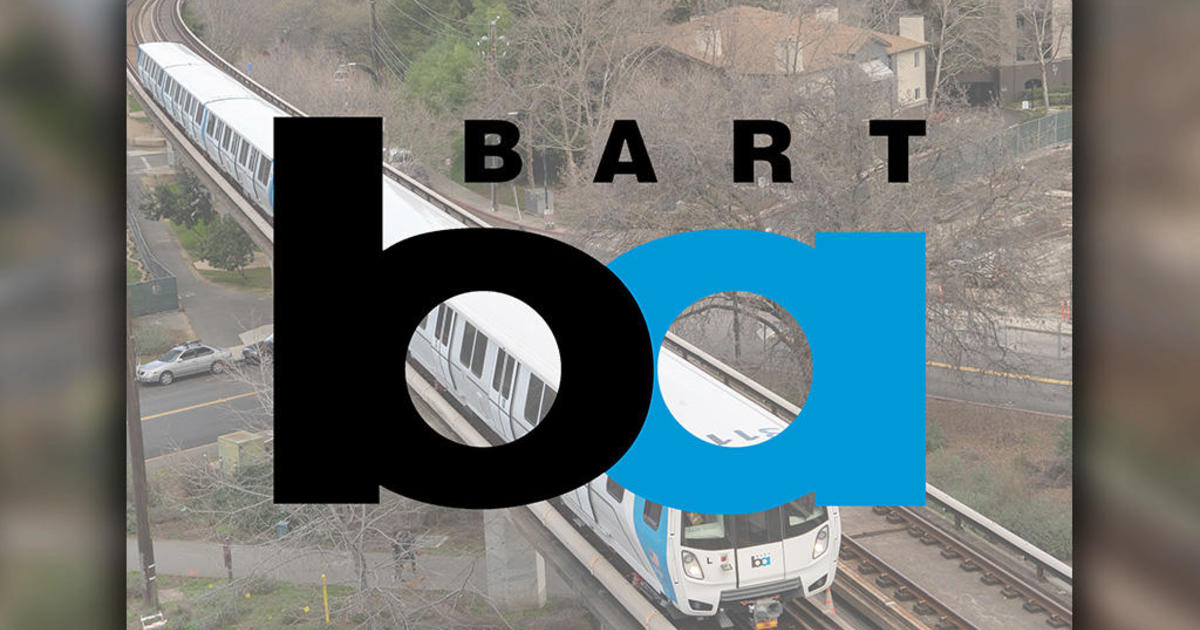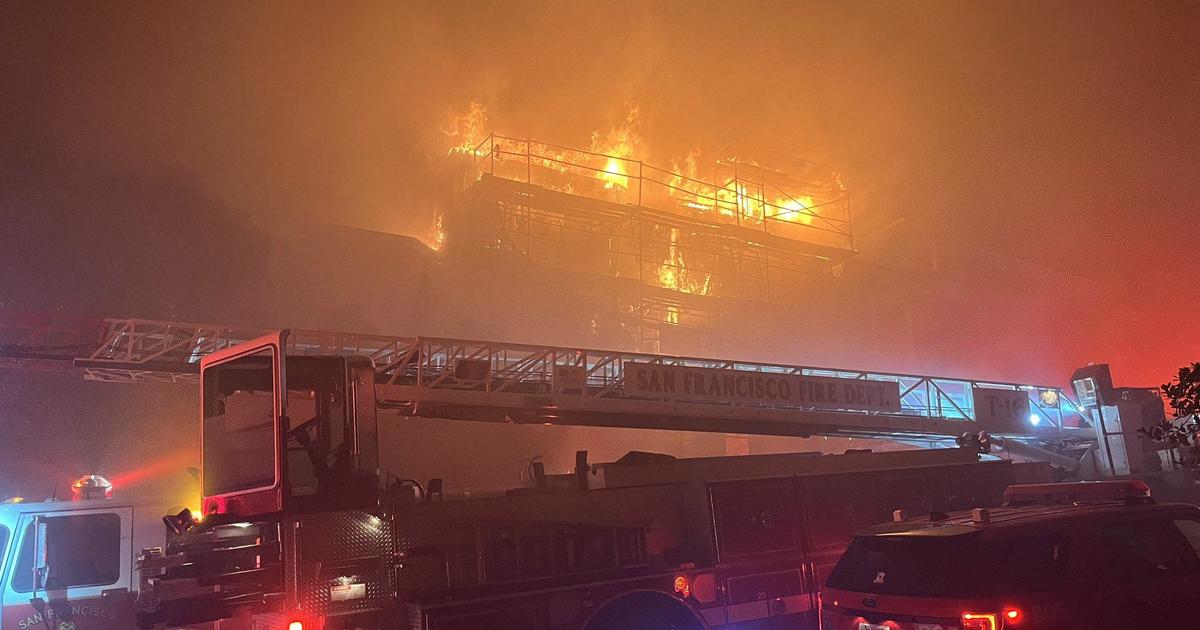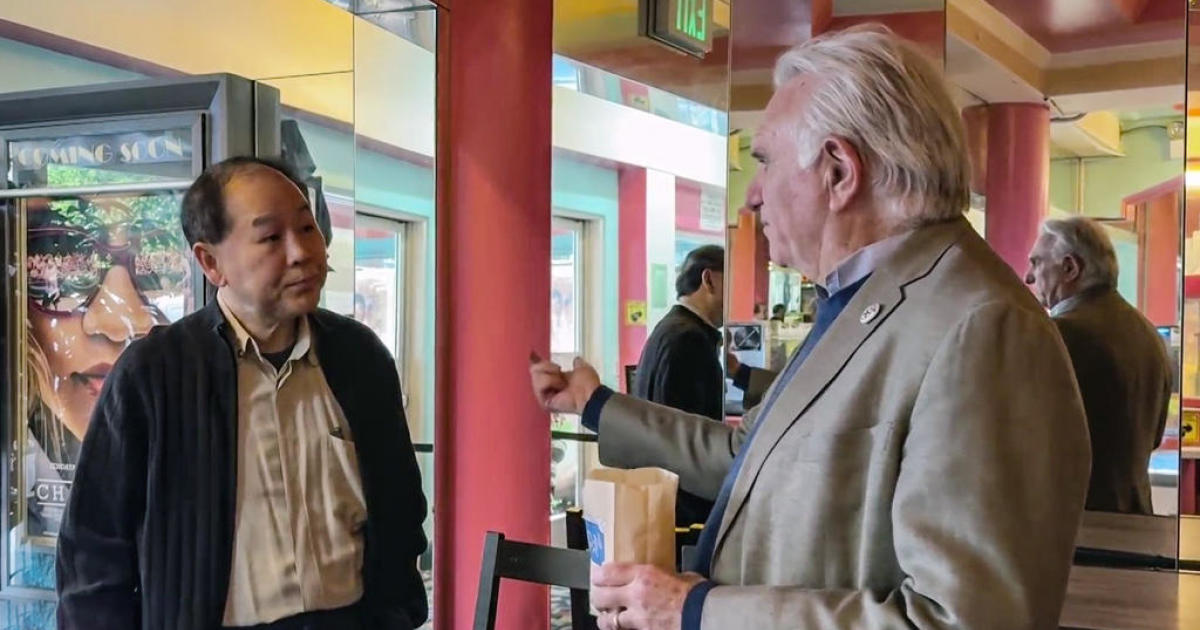What would the Bay Area be like without BART? A look at the past gives glimpse at a future without BART
SAN FRANCISCO — Funding concerns have previously brought BART's future into question, and while it secured more money, what would life be like for Bay Area residents if it had not? A look at the past gives a hint at a future without BART.
The first leg of Alec Edges' commute from San Francisco to Oakland is done on two wheels – her bicycle. The second leg and majority of her commute is done on BART.
She's relied on BART to get her to and from work and all around the Bay Area for more than 10 years.
"I take it four to five days a week," she said.
ALSO READ: BART to no longer accept paper tickets starting November 30, 2023
While the trains aren't jam packed like they once were, she said they're more crowded now than they were last year. However, BART's ridership still hasn't roared back from pandemic lows.
There were 172,051 average weekday BART station exits in September of 2023, according to Metropolitan Transportation Commission figures. In September of 2019, there were 426,755.
Earlier this year, the transit agency that Edges depends on revealed it was teetering on the verge of a "fiscal cliff."
However, BART managed to stay on the tracks without drastic service cuts, thanks in part to a temporary boost from the state. BART gets a share of $5.1 billion of the 2023-24 California State Budget over the next few years that is allocated for transit.
But if that didn't happen and BART became a thing of the Bay Area's past, what would that alternate reality look like?
"My life would be slower, more expensive, and it would be a mind shift on how I move around, get around, and make decisions," Edges said. "I would reconsider where I'm working."
Emily Loper, the VP of Public Policy at the Bay Area Council, gave a blunt answer.
"It's impossible to imagine a Bay Area without the BART system," she said.
ALSO READ: Crews who deep-clean BART train cars see and scrub it all
The effects would ripple throughout the region, hurting economies and livelihoods, said Loper.
"BART is the backbone of our regional economy," she said.
One effect everyone would experience is more traffic.
"Traffic congestion on roads and highways would skyrocket. It would really erode our overall quality of life here. It would make it much more difficult to get around," she said.
Loper said the Bay Area got a little preview of what that world could look like about 10 years ago during the BART strike.
"A round-trip car commute during that BART strike from Walnut Creek to San Francisco was over three hours. So, just imagine the intensity of traffic and how difficult it would be to move around," she said. "It would be terrible."
There would also be a drastic impact on the environment.
"The congestion on the freeway: It would have emissions that go along with that congestion," said Kari Watkins, an Associate Professor of Civil & Environmental Engineering at UC Davis. "The more that roadway is congested by adding those individual vehicles on it everyone is going slower and each car is emitting more."
Watkins, whose expertise is in transit planning and operations, said a Bay Area without BART would reverse significant progress made in the region meeting its climate goals.
ALSO READ: More stories on BART
"We're trying to pull people out of cars and towards modes that are more emissions effective and space effective and all of those things," she said. "The more we can focus on mode shift from getting people out of vehicles and on to more sustainable modes — transit, cycling, walking to work, those types of things — the more we're going to make gains in these climate goals."
Watkins explains the lack of a good transit system would also cause San Francisco to be a less livable city.
"The impacts of what transit does in a community go well beyond just the things that we're talking about from an equity, emissions, and congestion standpoint," Watkins said.
For now, that isn't the reality. BART will keep moving. But Loper said the status quo must change.
"We need to be focused on making BART the best system that it can be to draw more riders back, increase fare revenue, and also, restore voter confidence in supporting funding measures to support the system going forward," Loper said. "We know that there have been rising public concerns about the safety and cleanliness of the BART system – that's consistently cited as the top reason why people are not choosing to ride as frequently as before. Fortunately, our data shows that if BART focuses on those improvements, then a significant number of people will return to the system and help increase fare revenue and sustain the system."
Edges, a regular BART rider, hopes a Bay Area without BART never becomes a reality.
"It definitely would affect the suburbs as much as it affects the cities because people who live in the suburbs and work in the city wouldn't have the access anymore," she said.
It's why Edges says the solution is to subsidize BART.
"This should be treated like a public service, like water and electricity. It should have as many subsidies as they need because it will be better; people will use it," Edges said.



